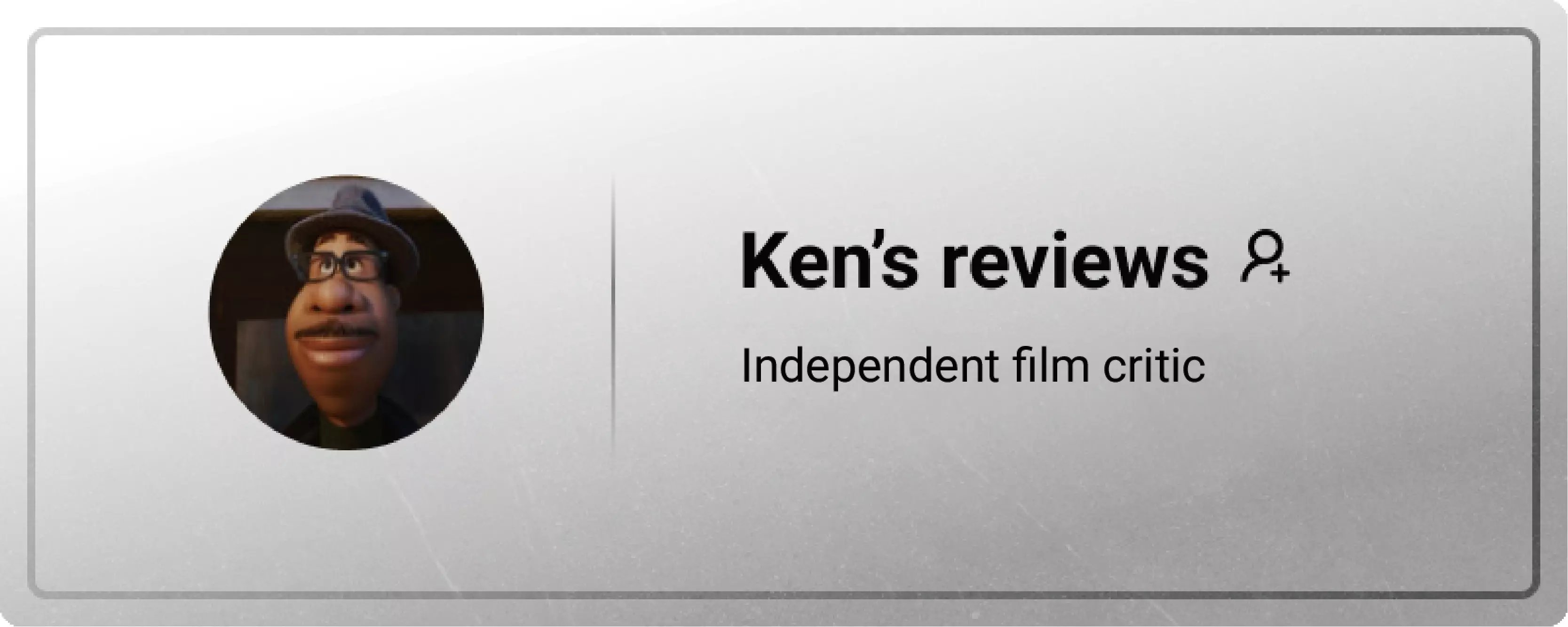
A science fiction film from 55 years ago
Two reasons why I watched 2001: A Space Odyssey.
Initially,my interest in sci-fi films was sparked by the extraterrestrial showdown event hosted by Peliplat. Additionally, a quote from Margaret Atwood, the renowned Canadian writer, that I came across recently, also contributes to my interest: "Readers may have quite a different idea, and usually do over time."
What new ideas can we see in the science fiction film that was made 55 years ago?
With such anticipation, I watched this highly acclaimed Kubrick's work. It truly surprised me, especially with its boredom.
A competition for tediousness
2001: A Space Odyssey is divided into four sections, each seemingly competing to be the most tedious one.
The first section consists of a five-minute black screen accompanied by a musical overture. Some viewers interpret this as intentional, allowing time for restroom breaks or settling in (a sentiment shared by most fans). Others see it as symbolizing the void before the inception of the universe (a view held by some pretentious enthusiasts).
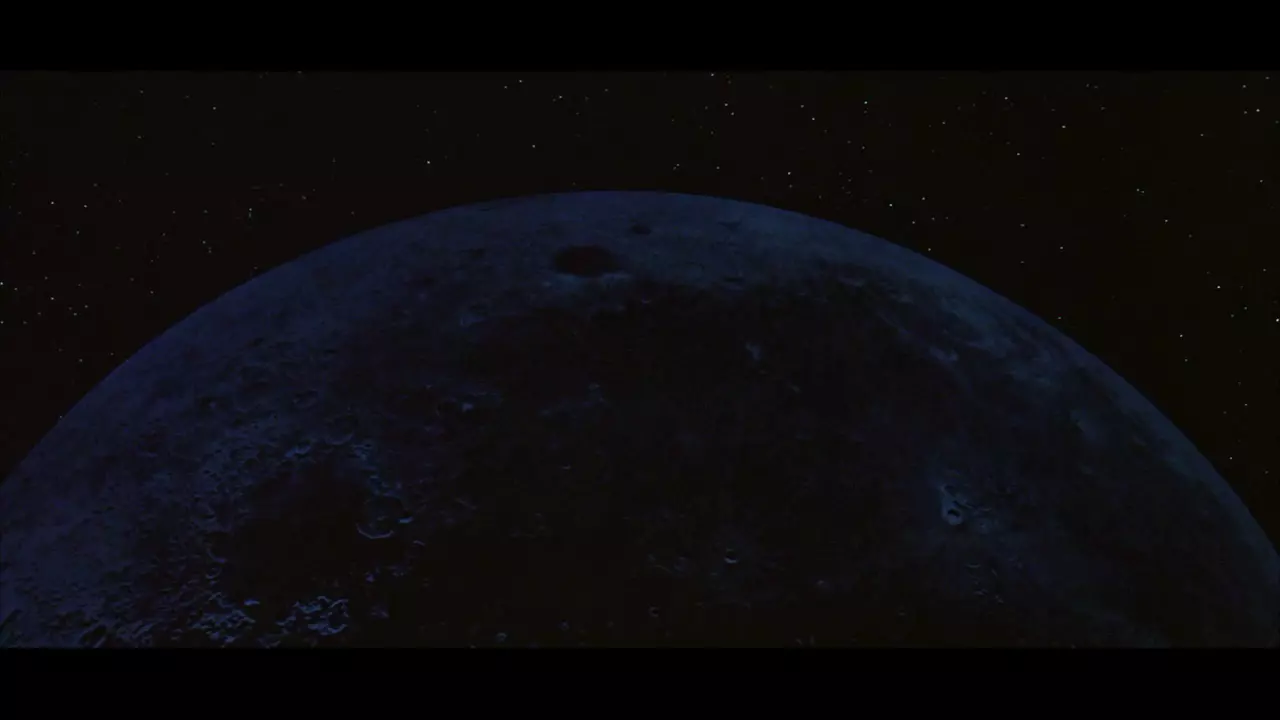
The second section is called "The Dawn of Man." A group of apes wander around, hunting other species and getting eaten by predators. One day, a strange black monolith appears, which causes the apes to learn how to use tools - in this case, bones. In this section, there is also a famous montage popular among fans, where an ape throws a bone into the sky, and it turns into a spacecraft, showing how humans have advanced. It then smoothly transitions to the third part. (Well, a remarkable scene indeed, but it could actually have taken the audience less time to understand the director’s imagination of over fifteen seconds. Does it really have to be that long and boring?)

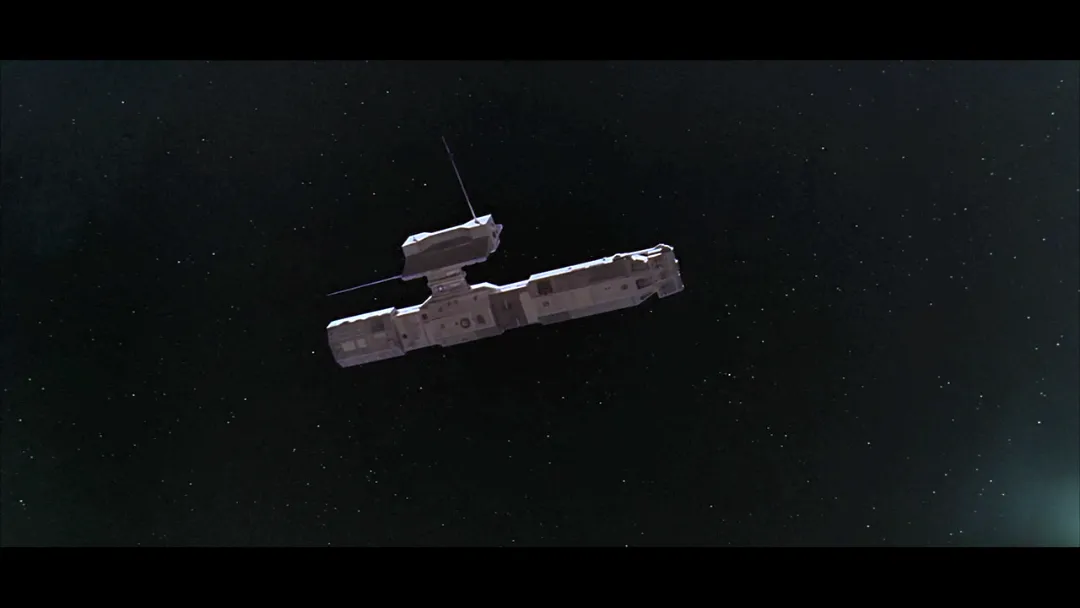
The third section of the story depicts the conflict between the astronauts and the artificial intelligence, HAL in the spacecraft, which I personally enjoyed watching.
As for the fourth section, it was too tedious for me to complete. I ended up turning off the screen and therefore, in my perspective, there is no fourth part.
Summary of the Tediousness Contest: The third part is the clear loser. It is the only section in the movie that leaves me an impression.
Kubrick's future, our past
The third section impresses me not for the subject matter - AI. No matter how creative Kubrick was, his idea of AI could never rival today’s advancement, where we have breakthroughs like Chat-GPT.
What makes the part so captivating is Director Kubrick's romantic fantasy of the year 2001. Even though 2001 is now in our past, it was a distant future for Kubrick when he made the film in 1968. The gap between the creator and viewer makes a magical watching experience. I felt the absurdity of the stark contrast between Kubrick's imaginative style and the actual 2001, and also the sorrow that space travel, a central theme in the film, has still not become a reality for most people.
Many scenes indicates that Kubrick underestimated the pace of technological development. For instance, "Voice Print Identification" is a large display where a female figure repeatedly questions the main character until all answers are correct. Such a device is bulky and the process is slow, much less convenient than the fingerprint or facial recognition nowadays.
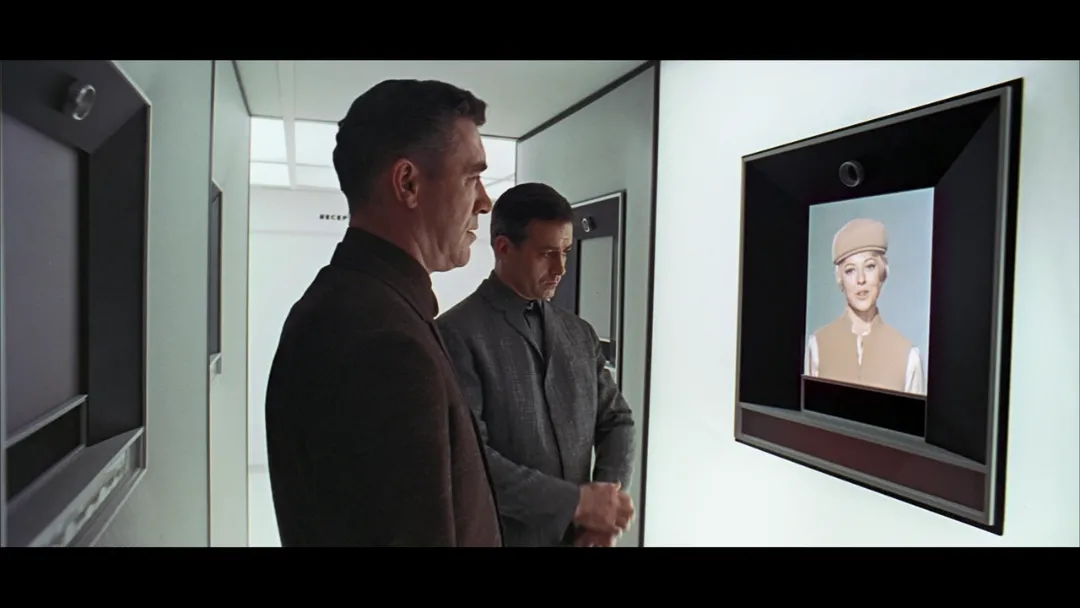
So is the video communication. Kubrick's envisioned device is cumbersome, occupying specific rooms and equipment. In our today’s world, however, all these features are available on our smartphones.
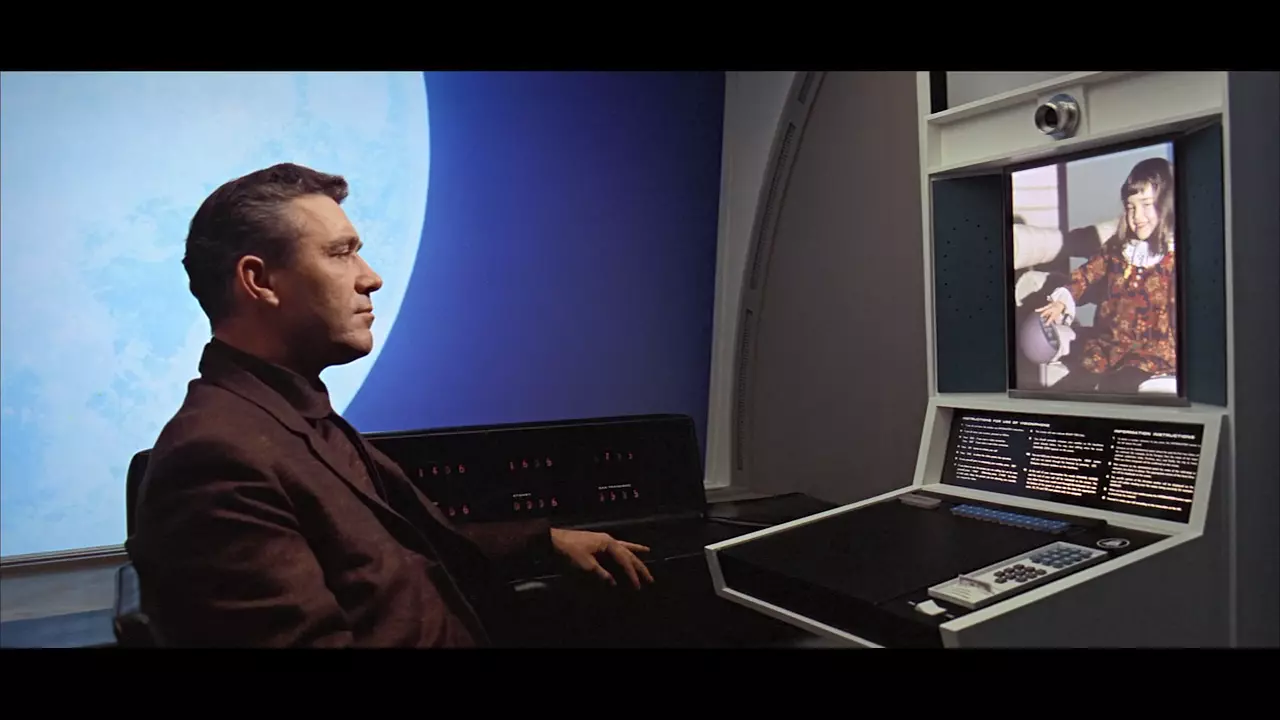
Food in the film is in processed liquid form. Eating meals that are akin to drinks. However, in reality, minimally processed natural foods are considered healthier, and liquid-style foods haven't gained popularity not due to technological limitations but because they lack appeal.

There is a scene that is hard to believe originates from a film made 55 years ago. People have ultra-thin, tablet-like screens placed beside them as they enjoy their meals, much like iPads. This makes me wonder if Apple drew inspiration from the movie when designing the iPad. ’An undeniably futuristic idea.
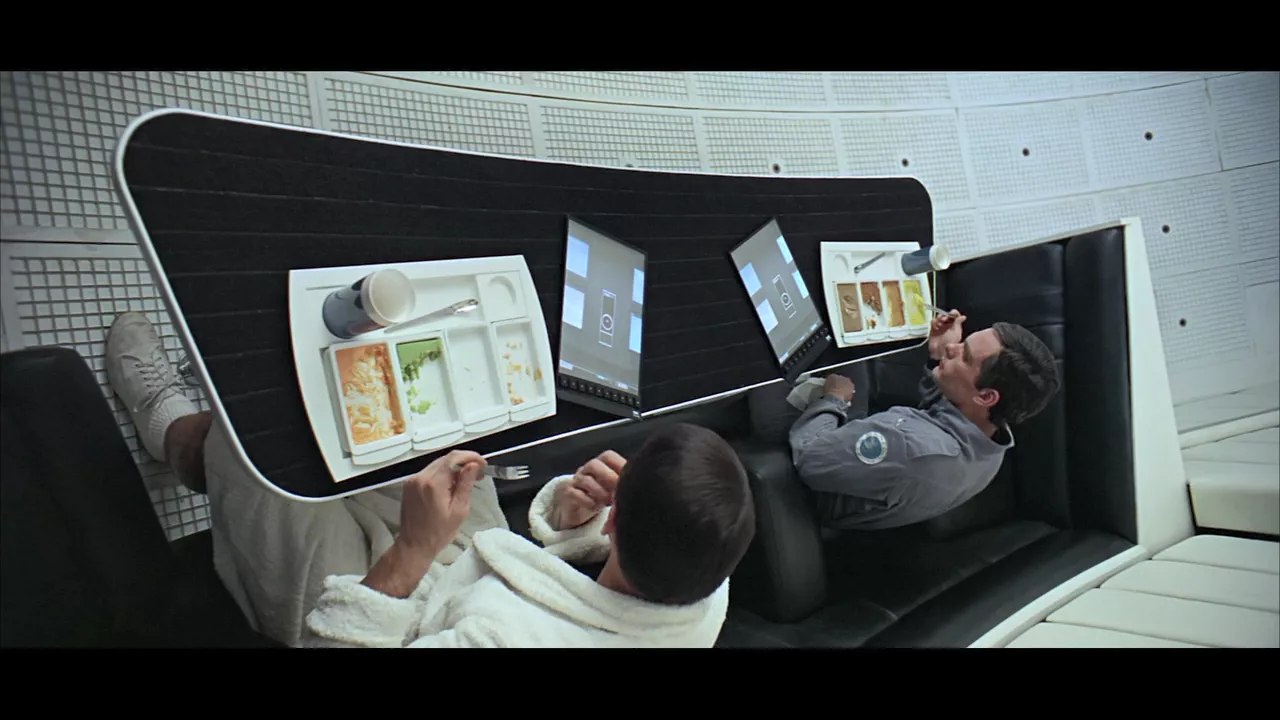
You might have noticed predicting breakthroughs in future technology is a daunting task. The functionalities of the tech products envisioned by Kubrick differ significantly from our present ones. However, the minimalist aesthetic of his imagined devices shows his timeless taste of beauty.
The space design in "2001: A Space Odyssey," is more romantic and futuristic compared to the electronic tech products. For example, the spaceship's hall is mostly decorated in white, with only a few sofas in rose =color. The combination of rose and white color creates a very futuristic and striking look.
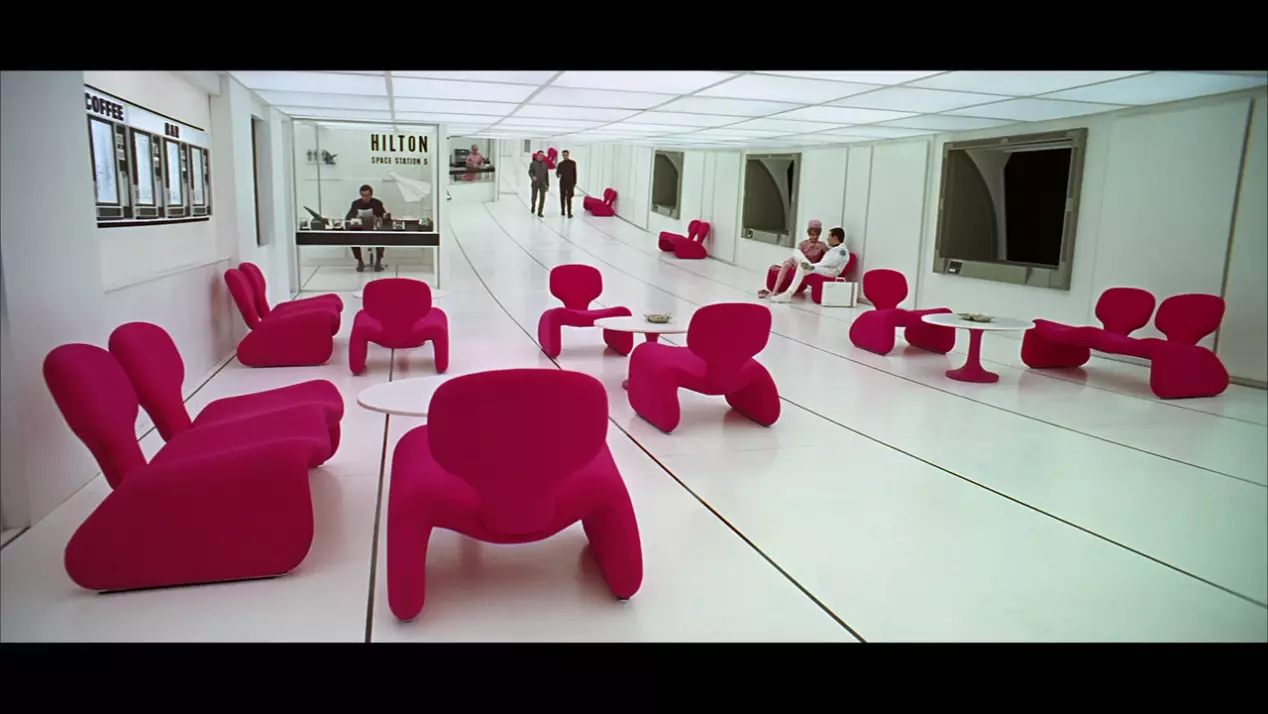
These rose couches are called "Djinn," which were designed by a French furniture designer named Olivier Mourgue. The wave like, low slung silhouette conveys the idea that future products should be useful without too many decorations.
The stools in the ship's conference room are in the same style, with simple lines that make it unpretentious yet attractive. It's not exactly modern minimalism, which strives for extreme simplicity in form. Instead, it emphasizes practicality. The design may be a bit more complex than traditional minimalist products, and the colors more vibrant, but it still aims for simplicity.
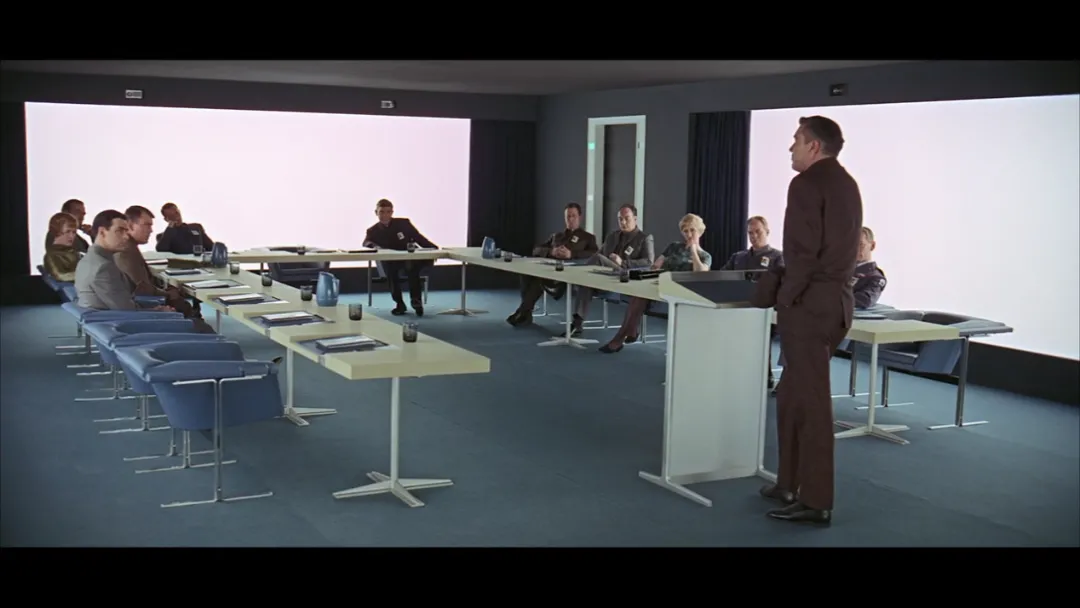
Retro-futurism
The aesthetics embodied in "2001: A Space Odyssey" has captivated me much more than the film itself. After the conclusion of the third section, I eagerly searched for the distinctive style showcased in the movie, and learnt that it's referred to as "Retro-futurism," which combines the aesthetics of the past with future fantasies to evoke a unique emotional resonance, stirring feelings of nostalgia and innovation simultaneously.
In my understanding, the term "retro" is a modern attribution. In the era when Kubrick made the film, it was likely referred to as "futurism." "2001: A Space Odyssey" was filmed starting in 1964 and released in 1968. This period of time coincided with the space race between the United States and the Soviet Union, witnessing rapid advancements in space technology and the emergence of this style in various product designs.
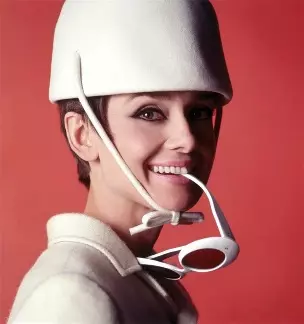
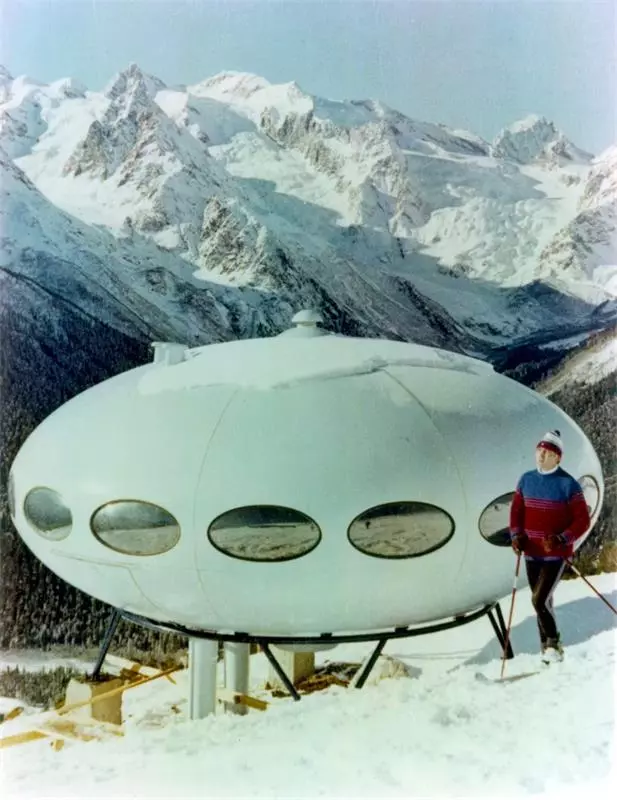
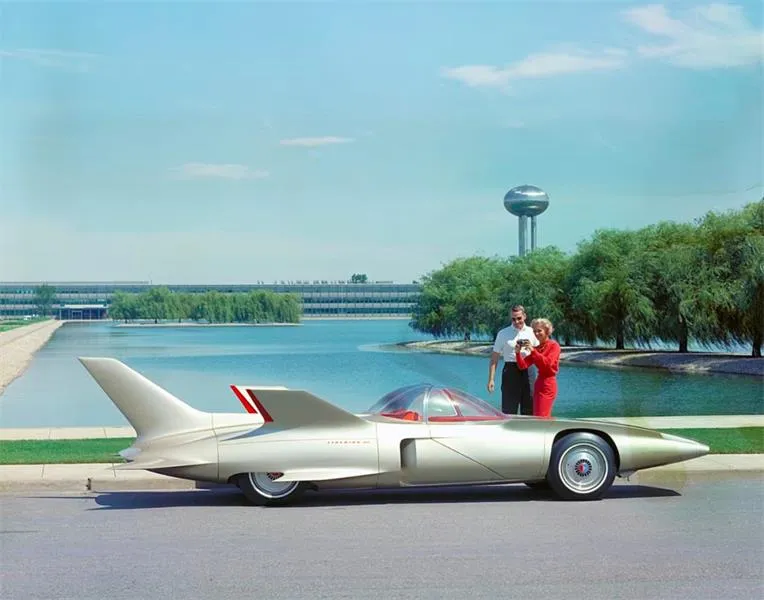
It was a dreamlike time of idealism, as humans imagined, anticipated, and sought a suitable visual language to depict a promising future propelled by technological progress. Futurism offered a utopian vision of the future, which, from today's perspective, appears retro yet remains remarkably cool. It’s more than just a romantic fantasy in Kubrick’s mind; it reflects the imaginative spirit of the entire era.
We love science fiction movies, because they provide a stage for our imagination. The past is unchangeable, but the future holds infinite possibilities. For most of us, as we venture into the realms of future imaginings, it's equally important to seize the present and make each day count.
Follow me for more discussions and discoveries of great films!








Share your thoughts!
Be the first to start the conversation.